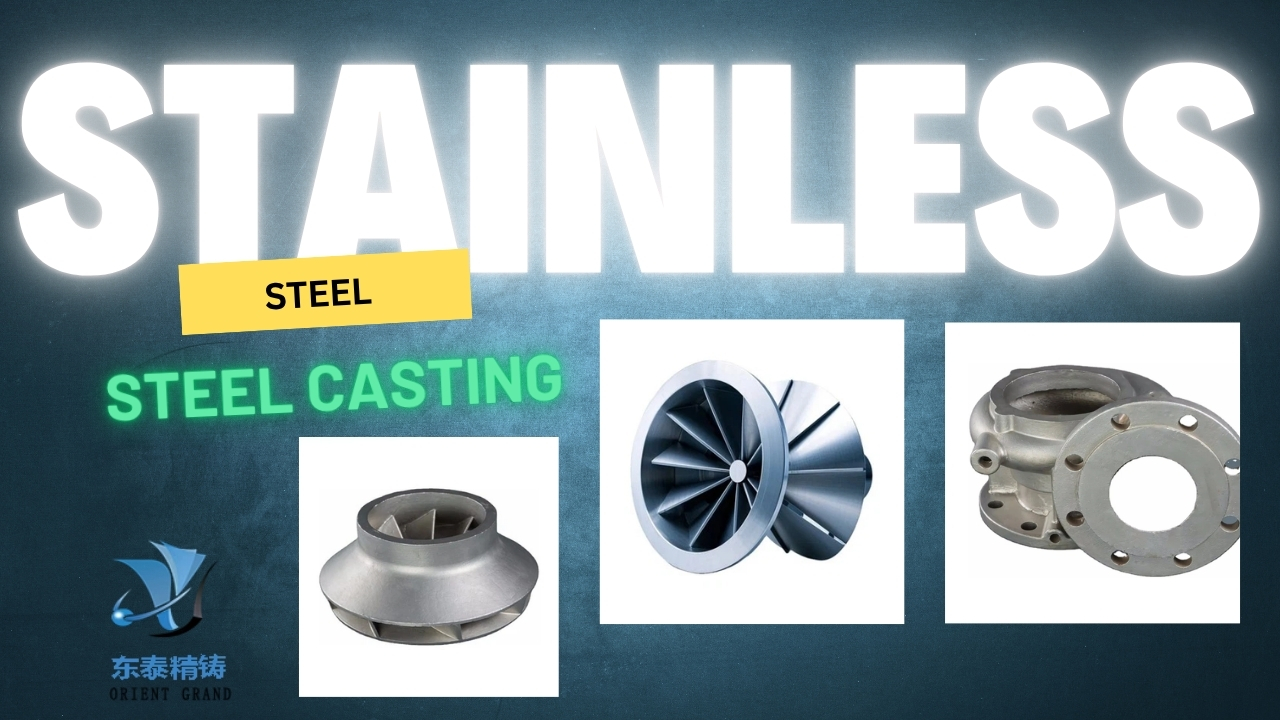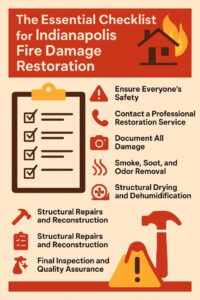Equipment reliability is non-negotiable. From handling aggressive acids to ensuring contamination-free transfer of sensitive fluids, every component must meet strict performance standards. Stainless steel investment casting has become a go-to manufacturing method in this field, offering unmatched precision, corrosion resistance, and material integrity.
Whether for pump housings, valve bodies, impellers, or pipe fittings, stainless steel investment casting delivers solutions that withstand the chemical industry’s demanding operating environments. In this guide, we’ll explore why stainless steel investment casting is essential for the fluid chemical sector, the benefits it offers, and how manufacturers ensure quality compliance.
What is Stainless Steel Investment Casting?
Stainless steel investment casting is a precision manufacturing process that involves creating a ceramic mold from a wax pattern, filling it with molten stainless steel, and producing complex components with exceptional accuracy. The process allows for Stainless Steel Investment Cast for Fluid Chemical Industry, smooth surface finishes, and tight dimensional tolerances — critical for chemical fluid handling equipment.
Key Steps in Stainless Steel Investment Casting
-
Wax Pattern Creation – A wax replica of the final part is produced.
-
Ceramic Shell Building – Layers of ceramic slurry are applied to the wax pattern to form a mold.
-
Wax Removal – The wax is melted out, leaving a hollow ceramic mold.
-
Metal Pouring – Molten stainless steel is poured into the mold.
-
Cooling and Shell Removal – The casting is cooled, and the ceramic shell is broken away.
-
Finishing – Machining, polishing, and surface treatments ensure final precision and performance.
Why Stainless Steel for Fluid Chemical Industry Applications?
The fluid chemical industry often deals with:
-
Highly corrosive fluids
-
High-temperature processes
-
Safety-critical environments
-
Stringent cleanliness requirements
Stainless steel is the preferred material because it offers:
-
Corrosion Resistance – Alloys like 304, 316, and duplex stainless steels resist chemical attack.
-
Hygienic Surface – Smooth surfaces prevent fluid contamination.
-
High Strength – Maintains structural integrity under pressure.
-
Temperature Tolerance – Performs well in extreme hot or cold fluid conditions.
-
Longevity – Reduces downtime and replacement costs.
Applications of Stainless Steel Investment Casting in the Fluid Chemical Sector
1. Pump Components
-
Impellers, casings, and seals are often made via investment casting for precise fit and optimal flow efficiency.
-
Resistant to chemical corrosion, ensuring long service life.
2. Valves and Valve Bodies
-
Gate valves, ball valves, and check valves require accurate internal geometries for leak-free operation.
-
Stainless steel ensures compatibility with aggressive chemicals.
3. Flow Meters and Measuring Devices
-
Investment casting produces intricate flow measurement housings with smooth internal finishes to reduce turbulence.
4. Pipe Fittings and Connectors
-
Elbows, tees, and couplings require dimensional accuracy for seamless integration in piping networks.
5. Spray Nozzles and Mixing Components
-
Chemical mixing nozzles benefit from stainless steel’s resistance to erosion and pitting.
Benefits of Stainless Steel Investment Casting for Chemical Applications
1. Exceptional Corrosion Resistance
Investment-cast stainless steel resists acid, alkali, and salt-induced degradation, extending service life.
2. High Precision and Complex Shapes
Tight tolerances (±0.1 mm) enable engineers to design intricate, high-performance components without costly machining.
3. Smooth Surface Finish
The casting process can achieve surface roughness as low as Ra 1.6 μm, reducing friction and preventing contamination.
4. Versatility in Alloy Selection
Manufacturers can choose from multiple stainless steel grades, including 316L for marine and chemical resistance or duplex stainless steel for higher strength and chloride resistance.
5. Reduced Waste and Cost Efficiency
Near-net-shape manufacturing minimizes material waste, lowering production costs without compromising quality.
Quality Standards and Certifications
Chemical industry components often must comply with:
-
ASTM A743 / A744 – For corrosion-resistant castings.
-
ASME B16.34 – For valve construction and performance.
-
ISO 9001 / ISO 45001 – For quality and safety management.
-
NACE MR0175 / ISO 15156 – For resistance to sulfide stress cracking.
Investment casting manufacturers serving the chemical sector must also adhere to stringent dimensional inspection, non-destructive testing (NDT), and metallurgical analysis.
Future Trends in Stainless Steel Investment Casting for Chemical Applications
-
Additive Manufacturing Integration – 3D printing of wax patterns is improving lead times.
-
Advanced Alloy Development – Alloys with enhanced pitting resistance for harsher fluids.
-
Automation & Robotics – More consistent shell building and pouring processes.
-
Sustainability Focus – Recycling wax and minimizing ceramic waste.
Conclusion
The fluid chemical industry demands equipment that can perform reliably in harsh, corrosive environments while meeting tight precision standards. Stainless steel investment casting stands out as a manufacturing process that delivers durability, accuracy, and efficiency, making it the preferred choice for pumps, valves, fittings, and other critical components.
By combining the corrosion resistance of stainless steel with the precision of investment casting, manufacturers can ensure optimal performance and long service life, reducing maintenance costs and operational downtime. As technology advances, this manufacturing method will only become more integral to the chemical processing world.









